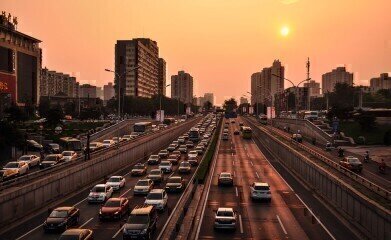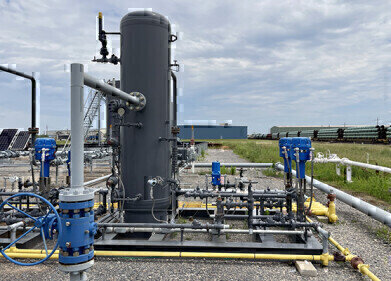Air Clean Up
Is Anywhere more Polluted than Beijing?
Jan 09 2017
For many years now, China’s struggles with air quality have been well-documented. The image of Chinese citizens wearing facemasks to protect against elevated pollution levels has become a commonplace one, and the capital city of Beijing is infamous for suffering just as badly as anywhere else in the country.
However, figures released at the end of last year have shown that there are at least two countries in the world which are faring worse in the recent fight against pollution – neighbouring Mongolia and, closer to home, Poland.
Infamous air quality
China’s enormous population, coupled with its rapid industrialisation over the past couple of decades, have seen the country bear the undesirable accolade of most polluted country in the world for years on end. In fact, it was found that Chinese power plants emit as much nitrogen oxide (NOx) as all the passenger cars in the world in 2011.
This year, Beijing issued its first ever red alert for air quality after a particularly noxious cloud of smog descended over the city for several days. In response, the government ordered the closure of 1,200 factories across the capital and imposed certain traffic regulations, as well.
At the end of the year, levels of particulate matter 2.5 (PM2.5) were found to exceed 400mg/m3 in certain parts of the city, which is eight times the maximum limit as recommended by the EU. The resultant smog caused the cancellation of hundreds of flights departing from Beijing.
Dwarfed by their neighbour
Though China might be far bigger than its neighbour Mongolia in terms of geographical size and population, there is one category in which it has fallen behind – though it’s not one that Mongolians will want to brag about. Figures released on the 22nd December indicate that PM2.5 levels in the country are five times higher than those found in Beijing, causing outcry among the nation’s inhabitants.
Levels of PM2.5 in the country’s capital Ulaanbaatar reached a high of 1,985mg/m3, a jaw-dropping five times higher than the Chinese capital at its peak. The daily average was found to sit at 1,071mg/m3. For reference, the World Health Organisation (WHO) recommends that people should not be exposed to more than 25mg/m3 over 24 hours, meaning that Ulaanbaatar exceeded that limit by 80 times.
In protest, Mongolians staged a city-wide protest on the 26th December to try and spur their politicians into action over the poor air quality levels.
Europe’s worst offender
Meanwhile in Europe, Poland hold the title of biggest environmental scapegoat. According to the WHO, they occupy 33 of the top 50 spots for polluted cities in Europe, thanks in large part to the coal mining industry upon which their economy depends.
“For years Polish cities have been the most polluted, which makes Poland a disgraceful leader — the red spot on the map of Europe,” explained Ewa Lutomska, a member of the pollution watchdog Polski Alarm Smogowy. “The situation has not been changing as we lack relevant regulations which would efficiently limit emissions of dangerous substances.”
Unfortunately, it looks like the situation will not be changing any time soon either, with the Defence Minister Antoni Macierewicz recently insisting that the country’s economy would continue to be fuelled by coal for years to come.
Events
Apr 22 2024 Hannover, Germany
Apr 23 2024 Kuala Lumpur, Malaysia
Apr 24 2024 Sao Paulo, Brasil
May 05 2024 Seville, Spain
May 13 2024 Munich, Germany














